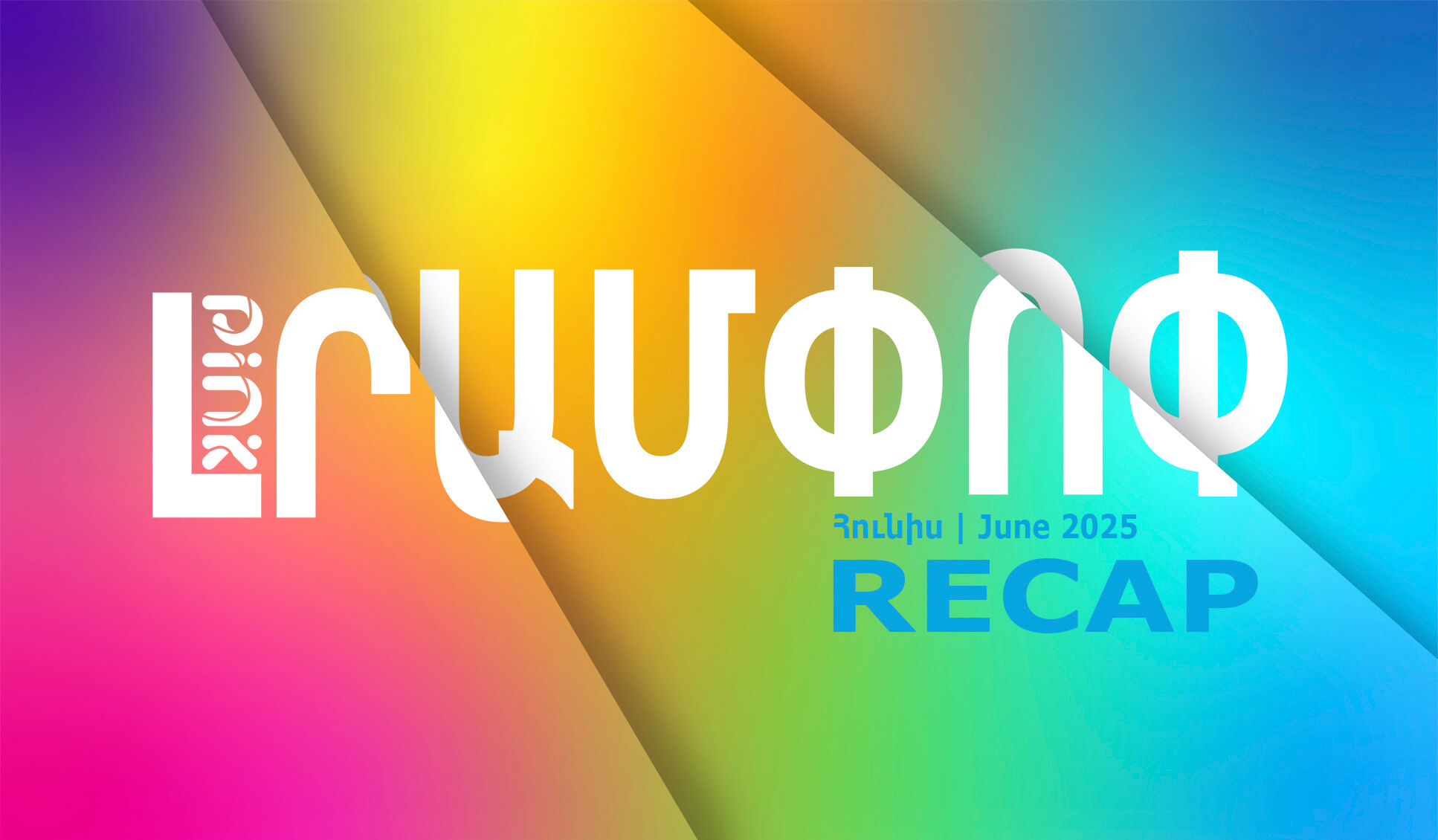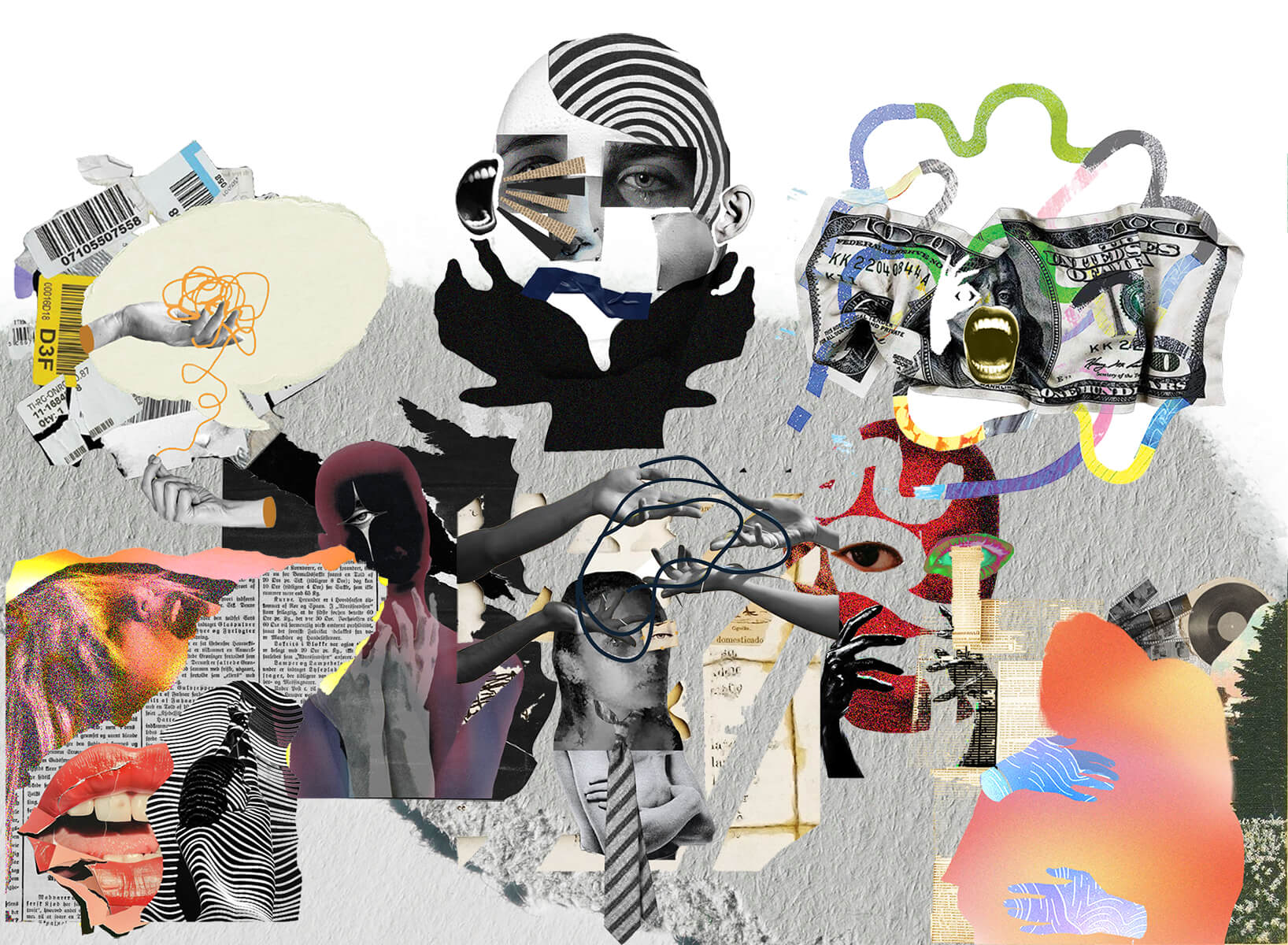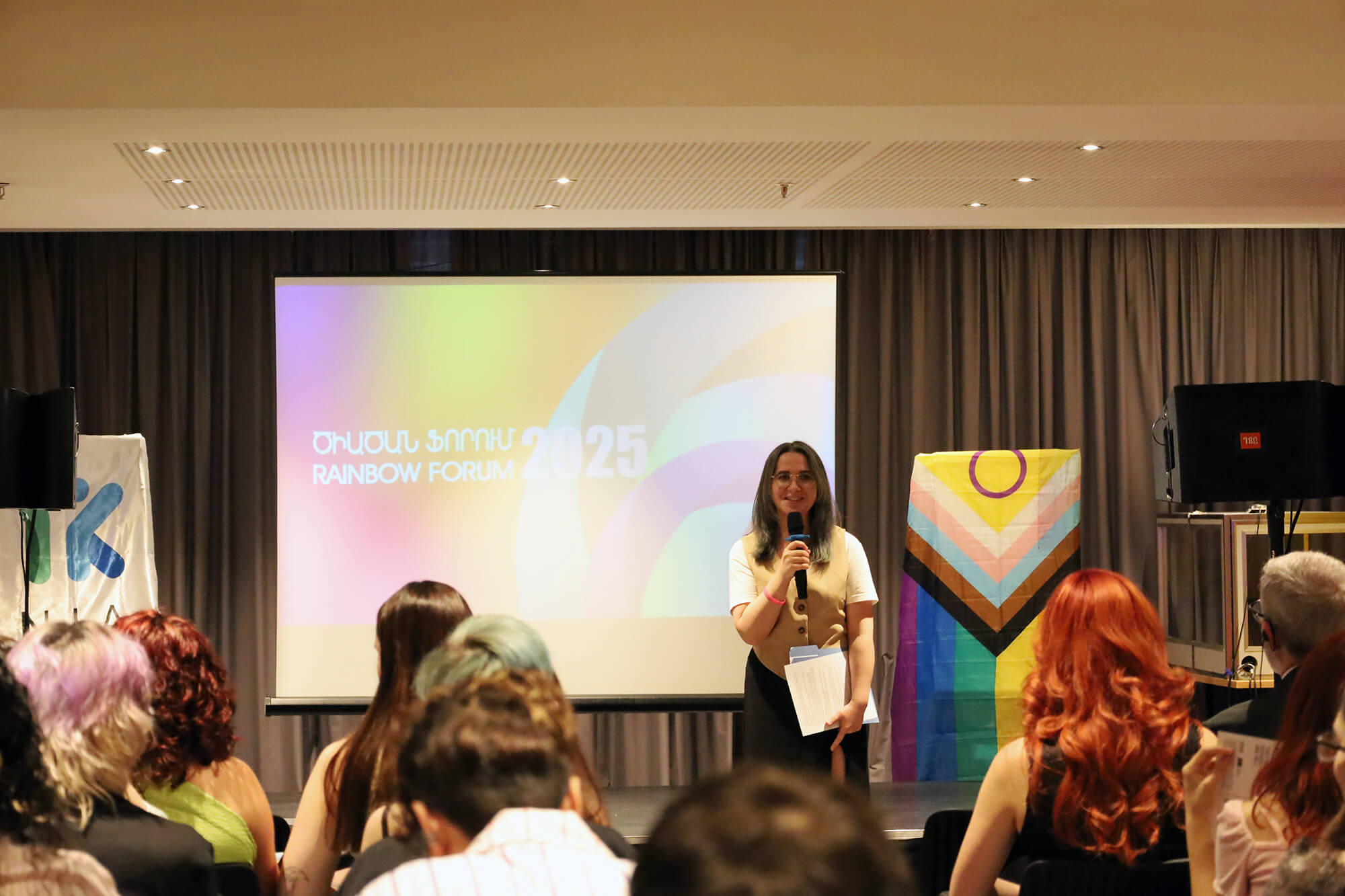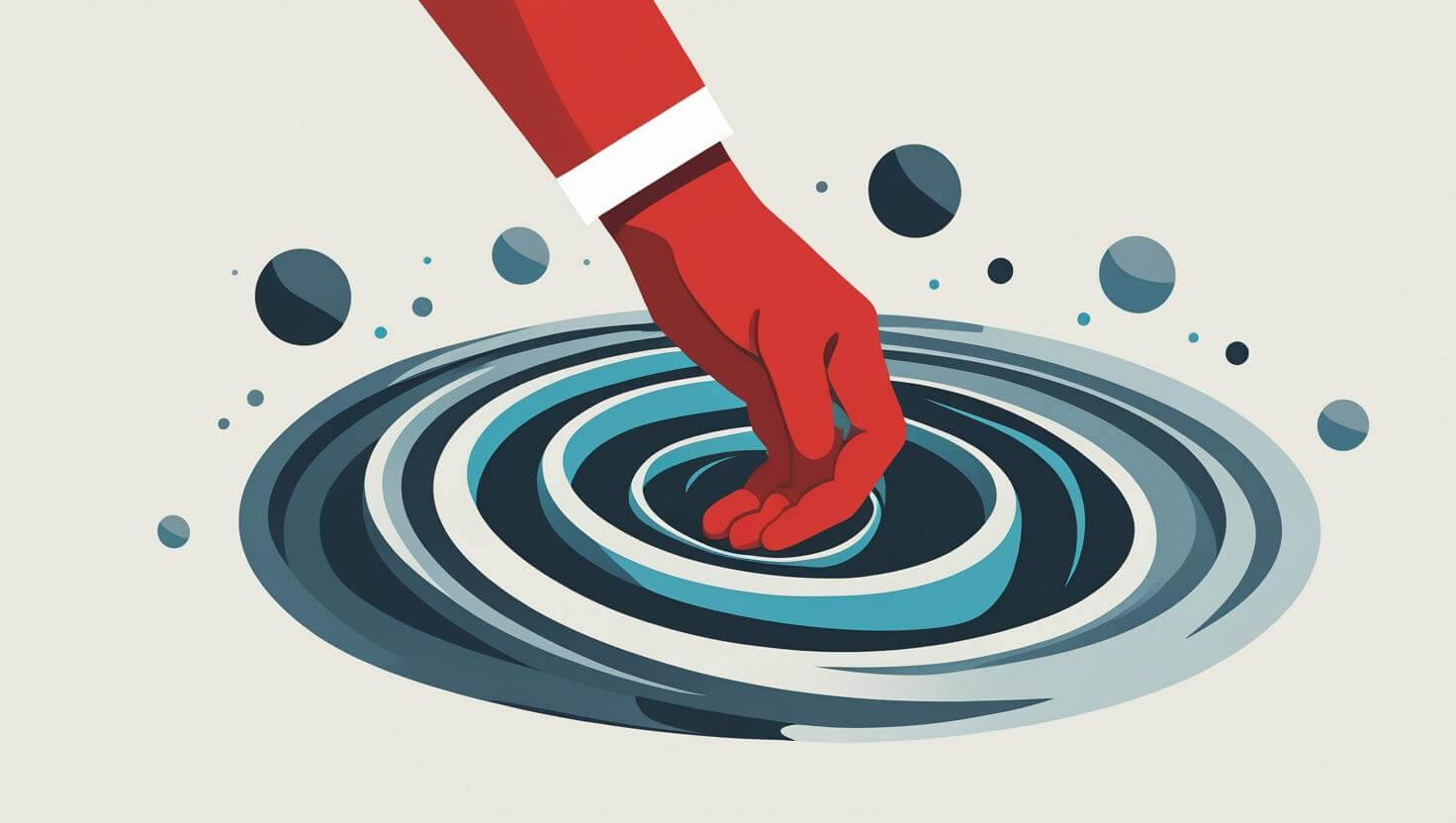Bi Visibility Day
International Bisexual Visibility Day is celebrated every year on September 23. The holiday gradually spread worldwide and is now celebrated in Germany, Japan, New Zealand, Sweden, Great Britain and other countries.
Throughout history, people have had different attractions, for example, being attracted to more than one gender. The terms “bisexual” and “pansexual” are relatively new, but how did bisexual people understand their identity and who they were attracted to in the past?
In 1859, anatomist Robert Bentley Todd first used the term ‘bisexuality’ to refer to the possession of ‘male’ and ‘female’ physical characteristics in the same body – today, and we might understand this as being intersex.
By the beginning of the twentieth century, this meaning had shifted to focus on a combination of ‘masculine’ and ‘feminine’ gendered characteristics.
The modern definition of bisexuality, which describes sexual and/or romantic attraction rather than sexed or gendered aspects, only developed in the 1910s. However, for many years the different meanings of bisexuality were used simultaneously and sometimes in the same texts. But if people in the past didn’t use the term ‘bi’, how did people attracted to more than one gender describe themselves?
There is no simple answer to this question. Some didn’t use an identity label at all, preferring not to categorize their relationships. Some understood themselves as heterosexual, while others identified as gay or lesbian. Others described themselves using percentages or ratios, such as “60% gay and 40% heterosexual”. While definitions of bisexuality initially focused on attractions to ‘both’ genders, it became more common to refer to ‘attraction to more than one gender’ over time.
Many stereotypes and prejudices about bisexuals stem from misconceptions about the phenomenon. However, unlike many non-heterosexual individuals, bisexuals sometimes face these same stereotypes from the LGBT community itself. We have highlighted some of the myths below:
1. Bisexuality isn’t ‘just a phase.’
While your sexual identity may change throughout your life, nothing is ever ‘just a phase’. Labeling it that way makes it seems like it’s not real and takes away from your experience.
2. Bisexual people aren’t just indecisive
Identifying as bisexual doesn’t mean you can’t decide whether you’re gay, lesbian or straight. You wouldn’t accuse someone who likes ice cream and pizza of indecision, so why should it be any different for sexuality?
3. Bisexual people don’t become straight or homosexual when they’re in a relationship
If you identify as bisexual and are in a same-sex relationship, that doesn’t make you homosexual. The same goes for being in a heterosexual relationship: it doesn’t make you straight. You can still be bisexual either way. Your family, friends, and lovers might assume your sexuality is based on the gender of your partner, but those assumptions will be wrong.
4․ Transgender persons can be bisexual too
Because sexual orientation refers to a person’s sexual or romantic attraction and gender identity is about how people identify themselves along the spectrum of gender, transgender people can identify as lesbian, gay, straight, bisexual, queer or any other sexual orientation.
Many of these myths come from simple misunderstandings or trying to fit people into neat boxes. As with most things in life, bisexuality is much more complex than that. It’s important to understand that identity and sexuality are fluid and can change at any time – so, don’t feel the need to define yourself and make it permanent.




